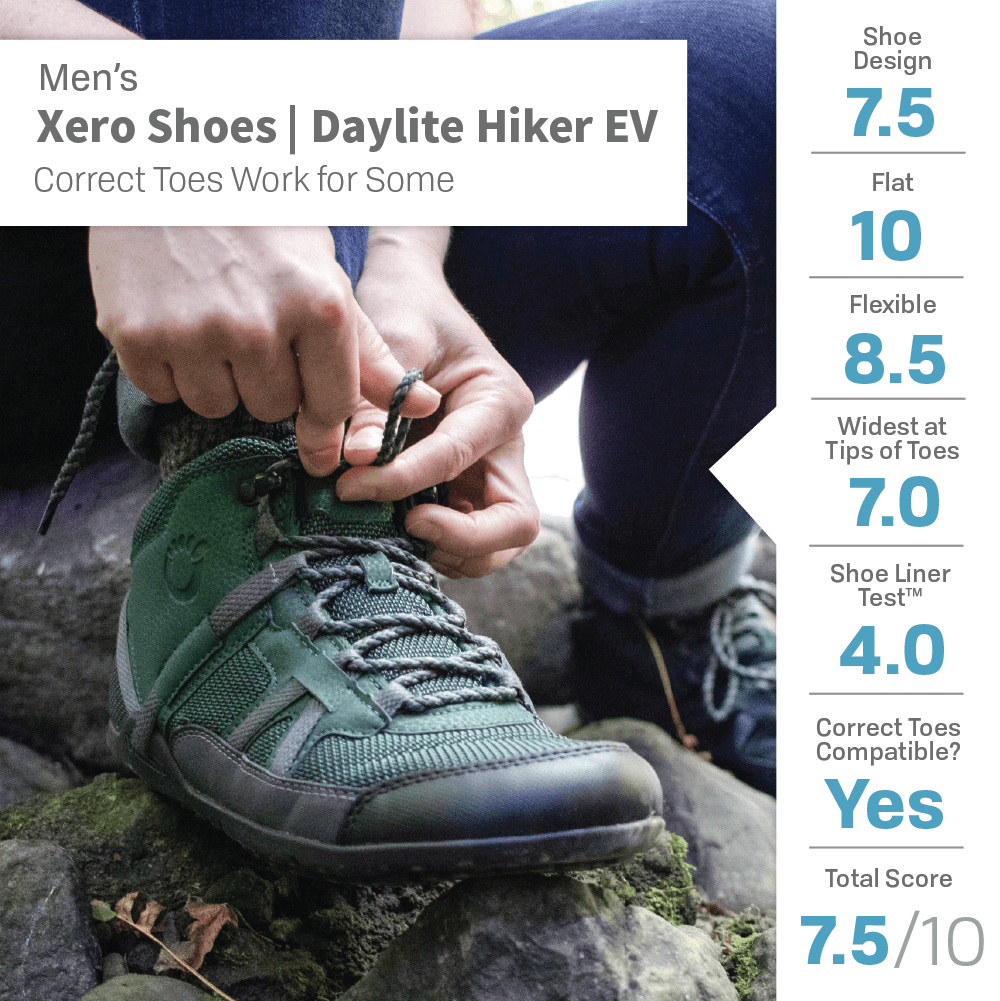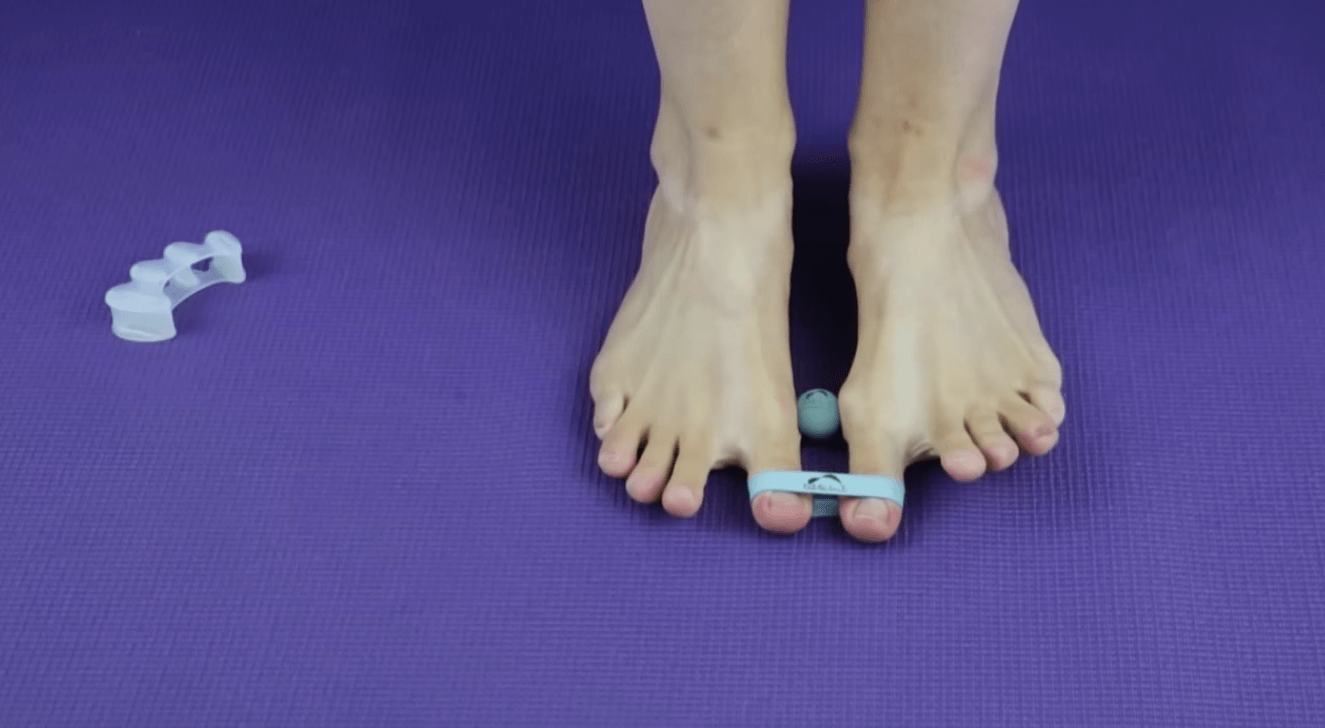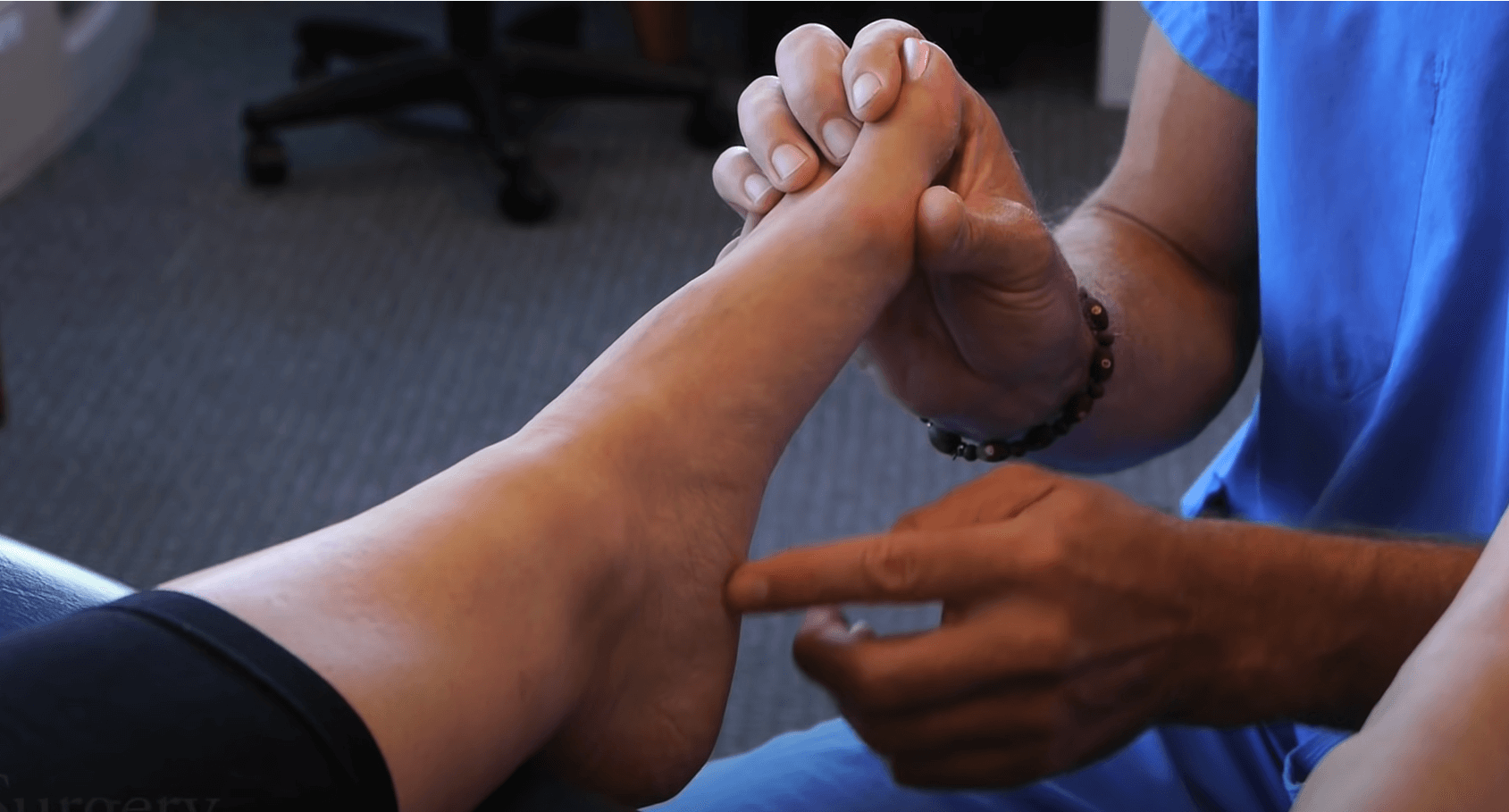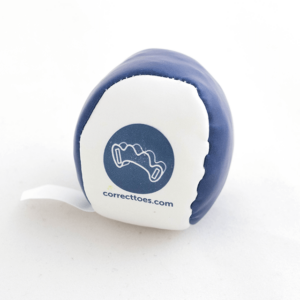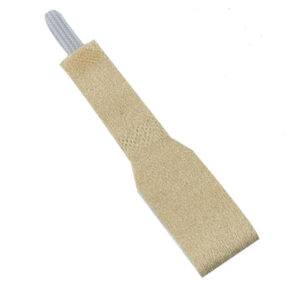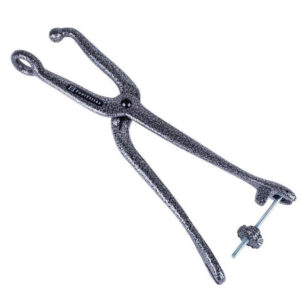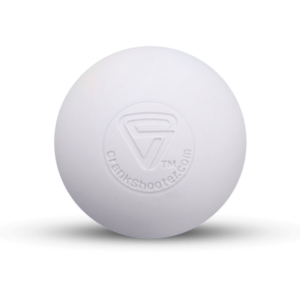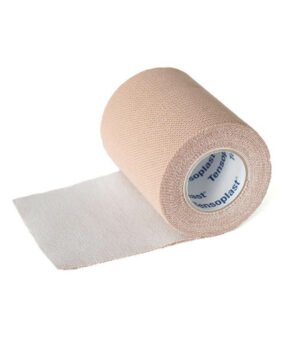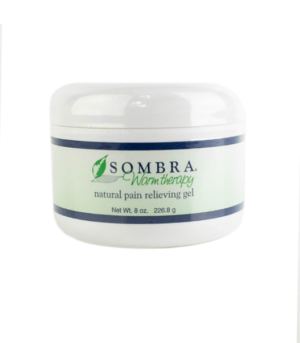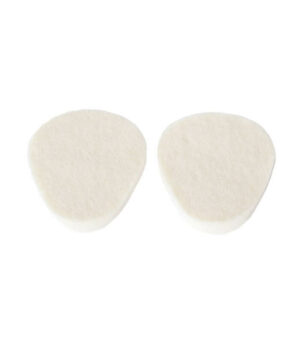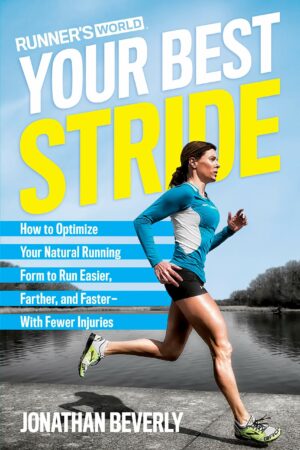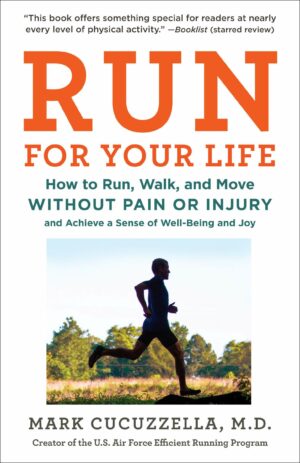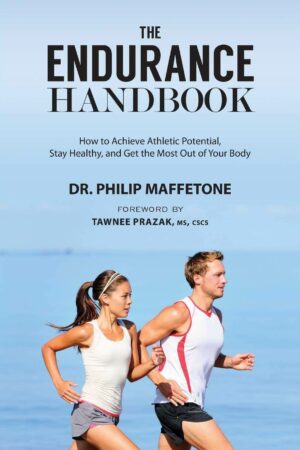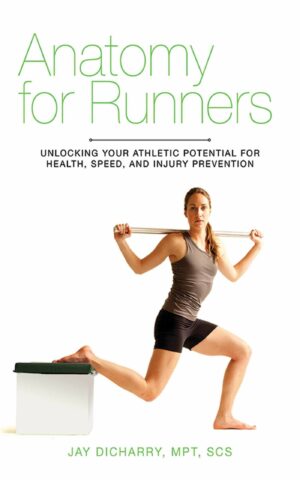In an effort to improve our shoe reviews, we are making changes to the scoring system. We will be placing greater importance on how well a shoe allows the user to splay their toes to what is naturally optimal. Additionally, the Shoe Liner Test, shoe shape, and approval status for wearing Correct Toes® within a shoe will be given more weight in calculating the overall score. Other measurement components, such as weight and stack height, are still factored into the overall score, but they are not given the same importance as the components mentioned above.
IMPORTANT NOTE: The new scoring system does not produce comparable numbers to our previous scoring method, or any other system of scoring we have used in the past. Therefore, the overall scores produced by the new scoring system can’t be used to compare a shoe we have reviewed in the past.
Here are a few examples that show how our scoring has changed:
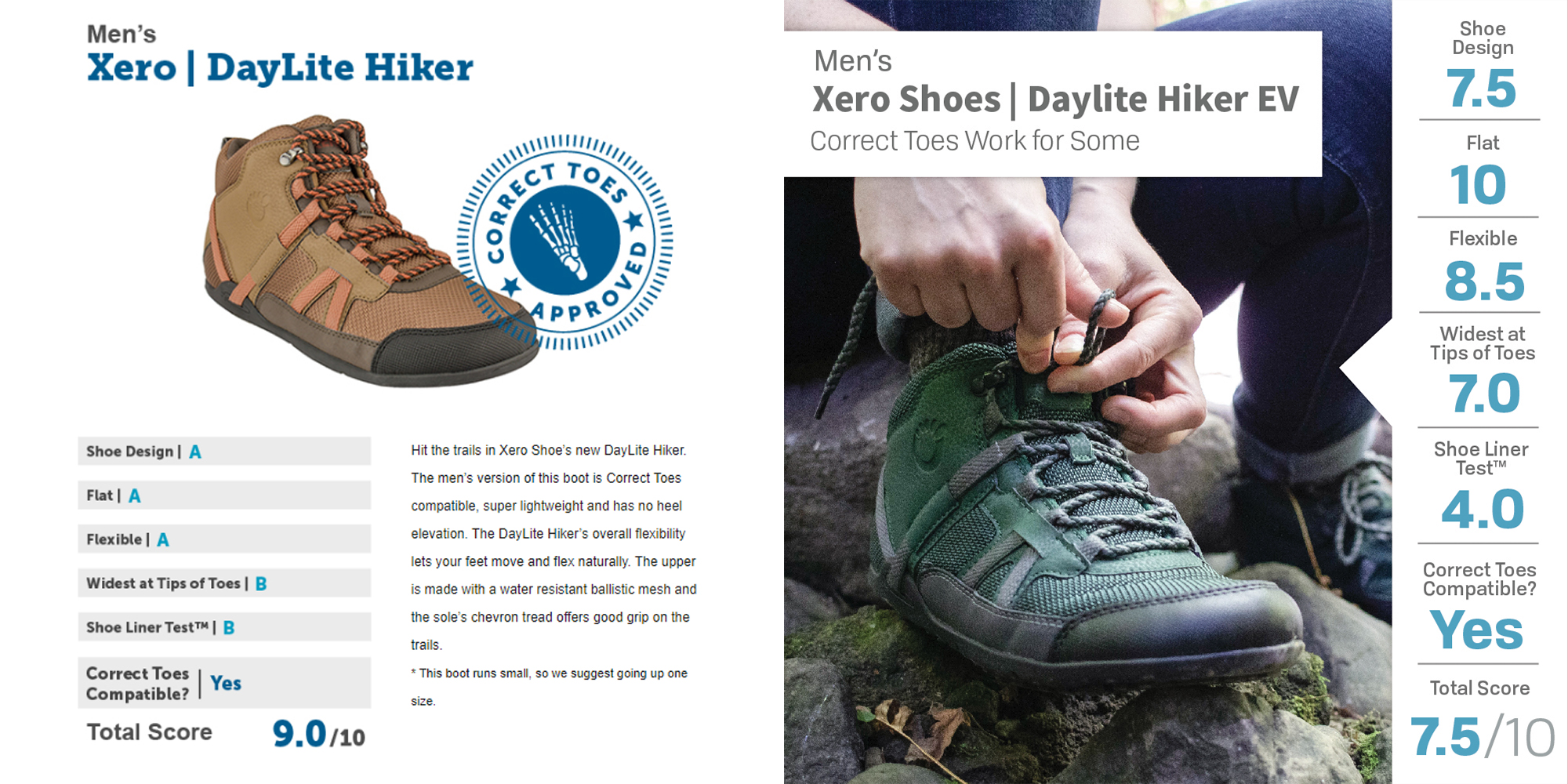
The images above show reviews of the Xero Daylight Hiker EV about one year apart. The latest review of the updated Xero Daylight Hiker EV (pictured on the right), was evaluated with our improved scoring system and produced a score of 7.5 overall; whereas the previous review of the original version of this shoe (pictured on the left), was evaluated with our old scoring system. It scored a 9.0 overall.
The previous review does not weigh the width and shape of the shoe as strongly as the new scoring system does. As such, we feel that the changes in scoring will better reflect what it is like to wear a shoe with Correct Toes®, which is a better indication of how well a shoe adheres to what we believe creates an environment for optimal natural foot health.
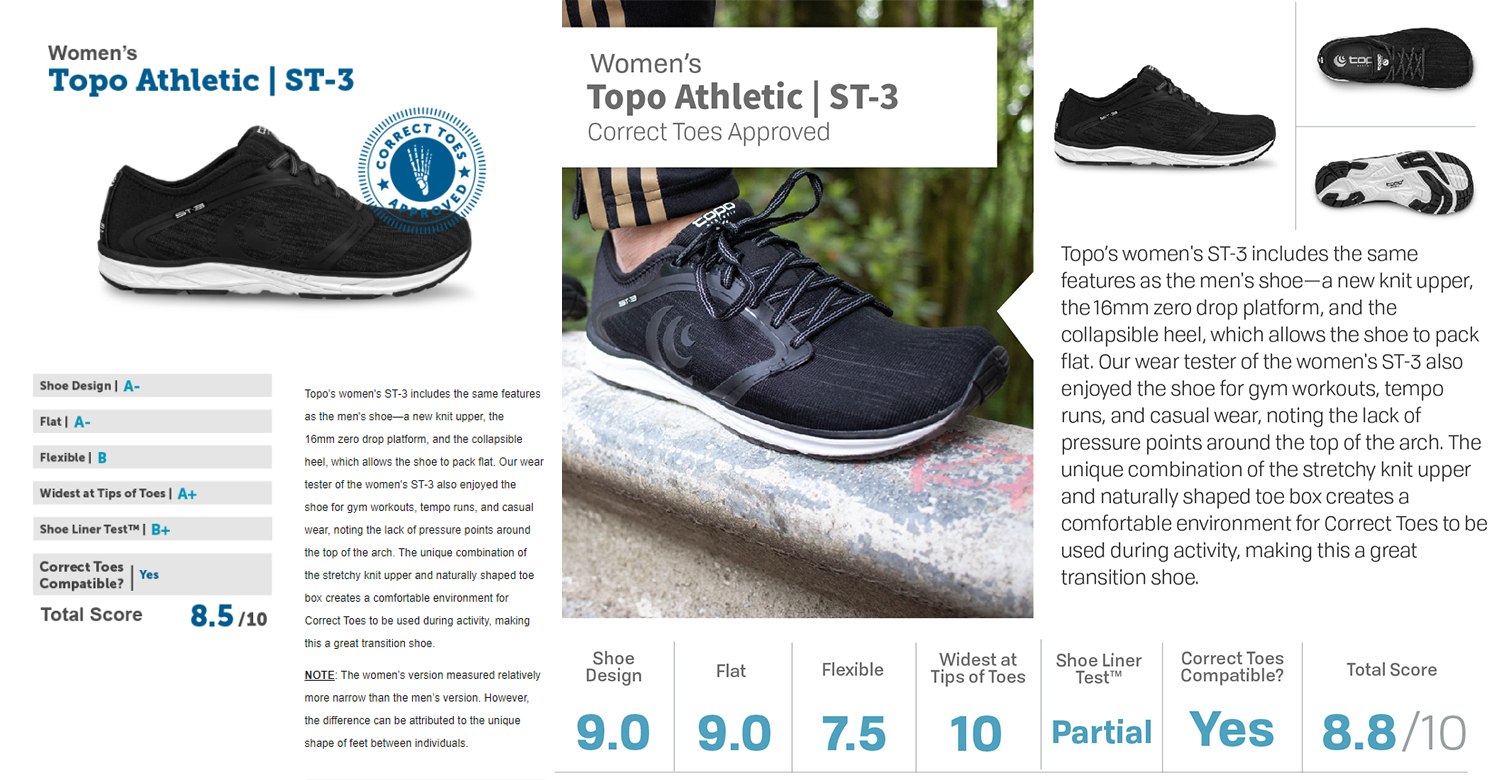
The example above shows the results from the previous scoring system and new scoring system for the same shoe. Here, we have the Topo Athletic Women’s ST-3. Using the previous scoring system resulted in an overall score of 8.5, whereas using the the new scoring system results in an 8.8 overall score. This shows how the greater focus on width and being Correct Toes Approved increases the score.
Below is a detailed breakdown of each category that we rate and how much they contribute to the overall weighted score.
Shoe Features
For optimal natural foot health, shoes should be thin, weigh as little as possible, and have no support or control features.
Scoring for this category is based on shoe weight, stack height, motion control features, and amount of arch support. Maximum points possible is 20.
Shoe Weight: Shoe weight can vary by type of shoe (ex. Hiking boot vs. running shoe), and the weight can be offset by width, flexibility, and Correct Toes® approval. As such, this category carries lower weight in the final score.
- – 220 grams or less: 5 points
- – 220 grams and 279 grams: 4 points
- – 280 grams and up: 2 points
Stack Height: As stack height increases in a shoe, flexibility and ground feel decrease. This is detrimental to natural foot health.
- – 0-12 mm: 5 points
- – 13-23 mm: 3 points
- – 23 mm and above: 1 point
Motion Control Features: Shoes that control the motion of the foot create an environment that is detrimental to natural foot health. This category therefore carries significant weight.
- – Zero motion control: 5 points
- – Slight motion control: 3 points
- – Moderate to heavy motion control: 0 points
Arch Support: As we have written about in our blog previously, a supported arch no longer needs to remain strong on its own. Supporting the arch can be like putting the foot in a cast; with added support, the musculature in the foot atrophies due to the arch within the shoe, and not the arch of your foot, supporting the weight of the body. This leads to imbalances and weaknesses in the foot.
- – No arch support: 5 points
- – Little arch support: 3 points
- – Moderate to heavy arch support: 0 points
NOTE: We acknowledge that certain shoes require different features to support specific activities. For example, a hiking boot with added protective features that shield users from rocks will likely weigh more than a casual shoe meant for everyday use. Nonetheless, we are evaluating each shoe with natural foot health in mind, which means that some shoes may not be best used as everyday shoes.

Flat
For optimal natural foot health, shoes should be completely flat. This means the heel should not be elevated above the toes and there should be no toe spring.
Scoring for this category is based on the amount of heel elevation and the amount of toe spring. Maximum points possible is 20.
Heel Elevation: Shoes with heel elevations shorten the calf muscles, displace body weight onto the balls of the foot, and can lead to a pelvic tilt as your body compensates for alignment with heel elevation.
- – Zero-drop: 10 points
- – 1-6 mm elevation: 6 points
- – 6 mm and above: 2 points
Toe Spring: Many naturally shaped running shoes have a little toe spring, which is not ideal. As such, while we still love many of these shoes, but we may label many of these running shoes as “transition” shoes.
- – Zero toe spring: 10 points
- – Small, flexible toe spring: 8 points
- – Rigid toe spring: 4 points
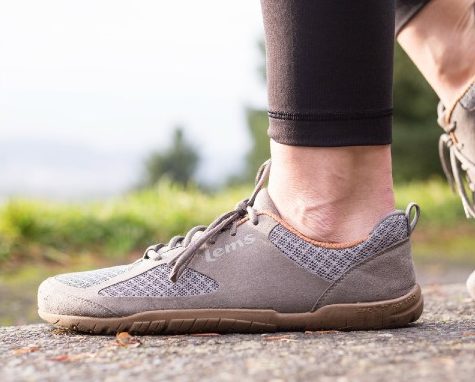
Flexible
For optimal natural foot health, shoes should be flexible enough that they do not impede the natural motion of the foot in any way.
Scoring for this category is based on the amount of longitudinal flexibility and torsional flexibility. Maximum points possible is 20.
Longitudinal Flexibility: The amount a shoe flexes from front to back directly impacts the ability of the foot to move unimpeded during activity. This category carries significant weight in the overall score.
- – Can be rolled, from toe-to-heel, into a ball: 10 points
- – Can be rolled into a crescent shape: 7 points
- – Little or no flexibility: 2 points
Torsional Flexibility: The less a shoe is able to twist, the more control it forces on the foot and heel during activity. This is detrimental to natural foot health and why this category carries significant weight in the overall score.
- – Can completely twist together: 10 points
- – Can twist mostly or partially together: 7 points
- – Little or no ability to twist together: 2 points
NOTE: We acknowledge that some shoes require different features to support certain activities. A hiking boot, for example, may be stiffer than other shoes due to added protective features, such as additional tread on the outsole. While this is ideal for day-to-day natural foot health, we understand that the purpose of a shoe may affect the overall score.
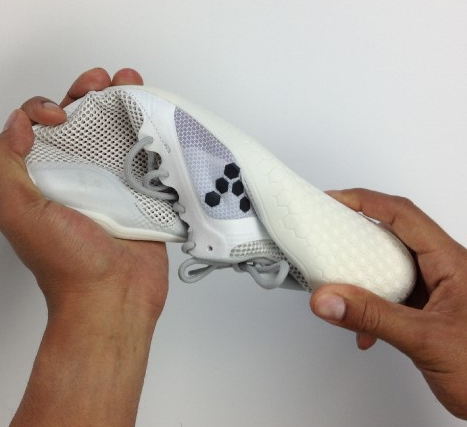
Width and Shape
For optimal natural foot health, shoes should be widest at the tip of the toes, and your toes should not spill over the edges of the shoe liner during the Shoe Liner Test.
Scoring for this category is based on how the shoe is shaped and the results of the Shoe Liner Test. Maximum combined points possible is 20.
Shoe Shape: It is critically important that shoes be widest at the tip of the toes so that optimal toe splay may be achieved. We score this category with “Widest At Toes,” “Straight,” and “Tapered.” Points are rewarded as follows:
- – Widest at the tip of the toes: 10 points
- – Straight and wide (do not fan out or taper in): 7 points
- – Tapers in: 0 points
Shoe Liner Test: The scoring here is used to calculate the overall score. The rating of this category will appear as “Yes” for passing the Shoe Liner Test, “Partially” for a little spill over, and “No” for failing the test with a lot of spill over of the 5th toe.
- – All toes to stay within the perimeter of the shoe liner: 10 points
- – Less than half of the 5th (pinky) toe spills off the side: 7 points during the test
- – Half or more of the 5th (pinky) toe falls off the shoe liner: 4 points
NOTE: We acknowledge that everyone’s feet are different. One person may pass the shoe liner test while another may not for the same shoe. We do our best to note differences in foot shape between testers in our reviews.
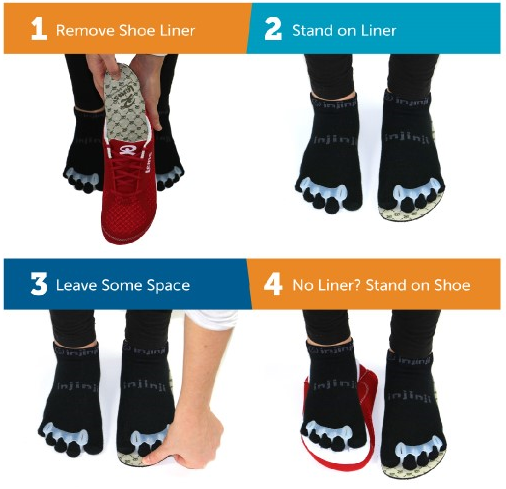
Correct Toes® While Wearing Shoes
For optimal natural foot health, shoes should allow users to wear a full set of Correct Toes® comfortably, without any pinching or squeezing of the toes.
Scoring for this category is based on how comfortably our tester was able to wear a full set of Correct Toes® inside the shoe. This category carries significant weight. Maximum points possible is 20.
- – Can wear unmodified Correct Toes® (pinky toe pylon intact) comfortably: 20 points
- – Can wear modified Correct Toes® (pinky toe pylon trimmed) comfortably but not unmodified: 12 points
- – Correct Toes®, in any state, can’t be worn within the shoes comfortably: 0 points
Even though there are many companies creating fantastic options for natural foot health, there is a tremendous amount of opportunity remaining in the footwear industry for improvement. For example, we are often asked if there are foot healthy options for steel-toed boots, formal dress wear, and field cleats for various sports. While there are companies that are trying to offer shoes that are “healthier,” the choices are still not up to our standard for what we consider natural foot healthy. One of our main goals is to demand more from shoe companies and effect positive change.
We hope the new scoring system reflects our position in a stronger manner, and we hope it offers you all a clearer sense of what each shoe is like to wear.


